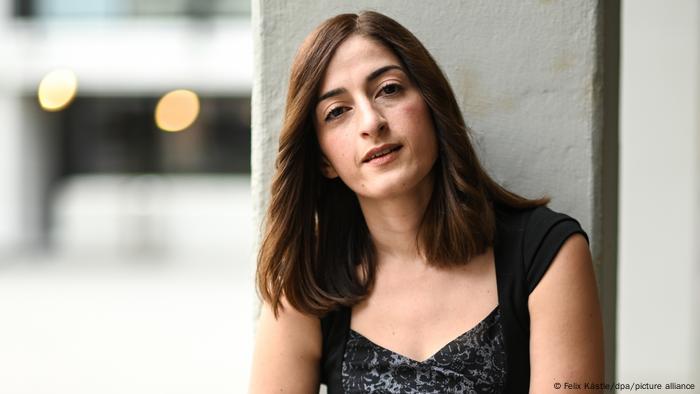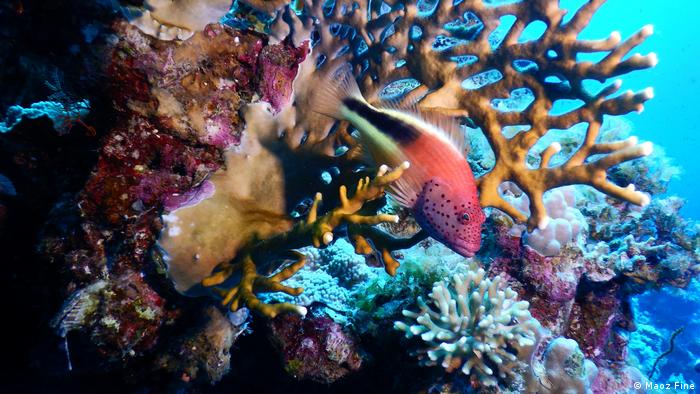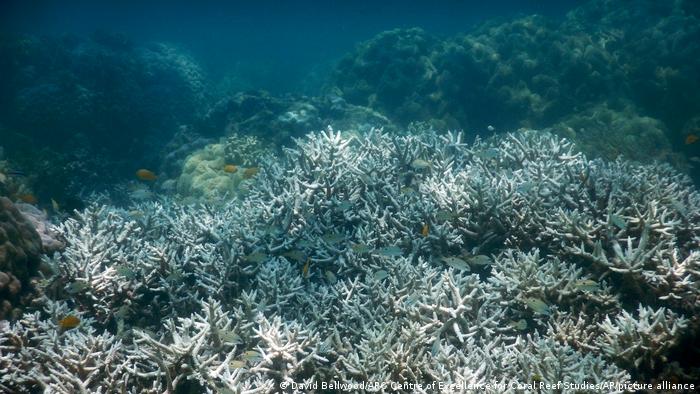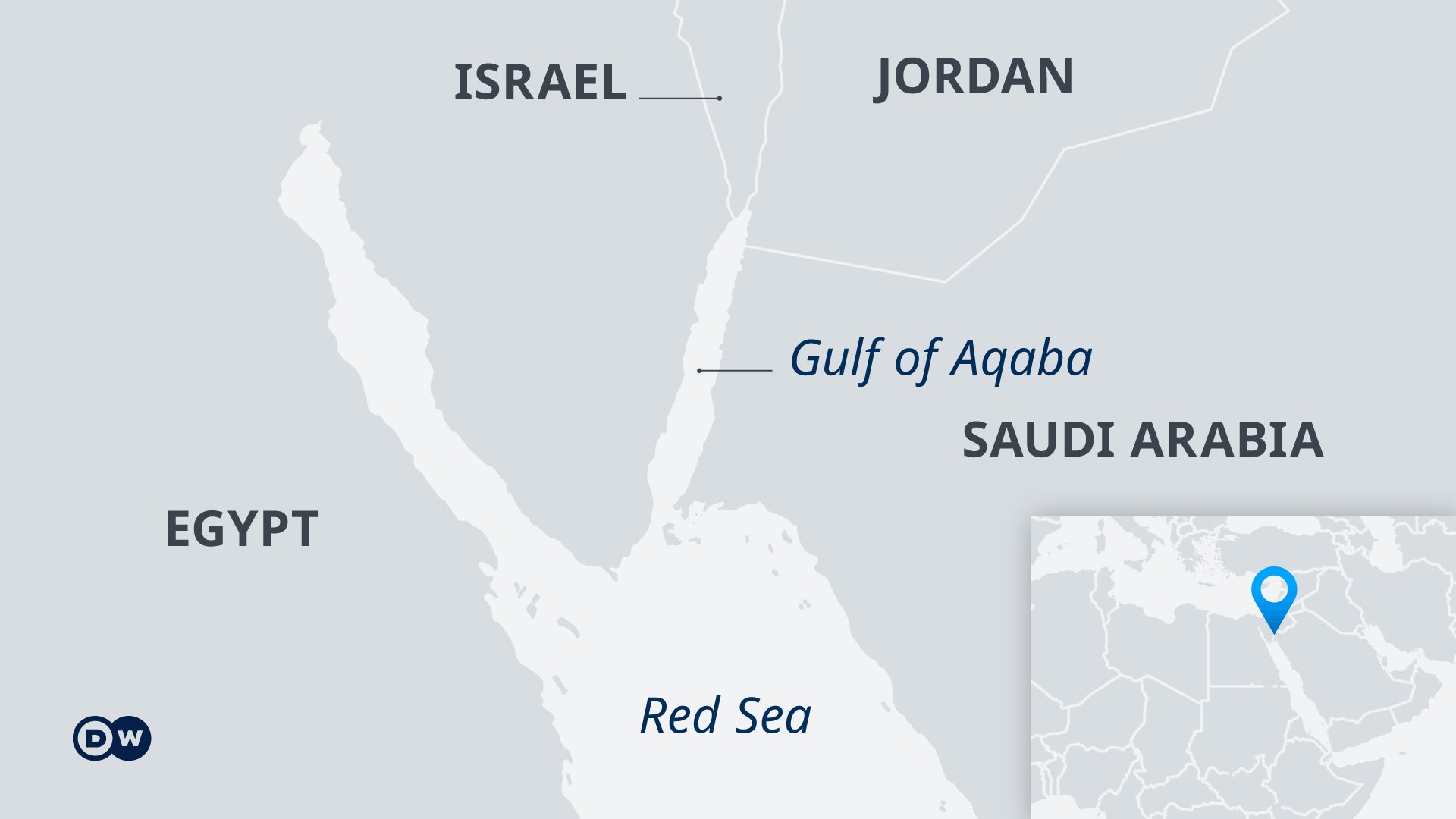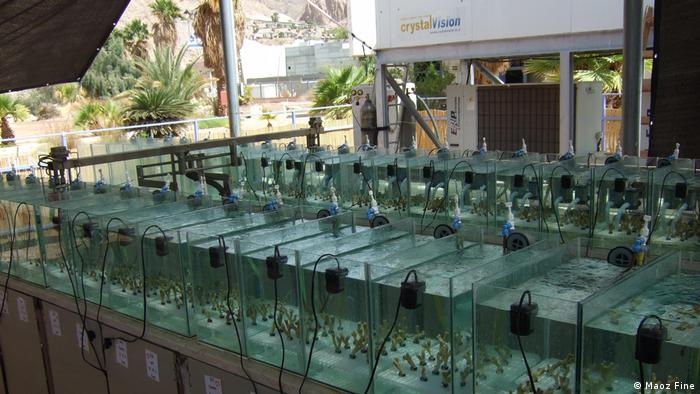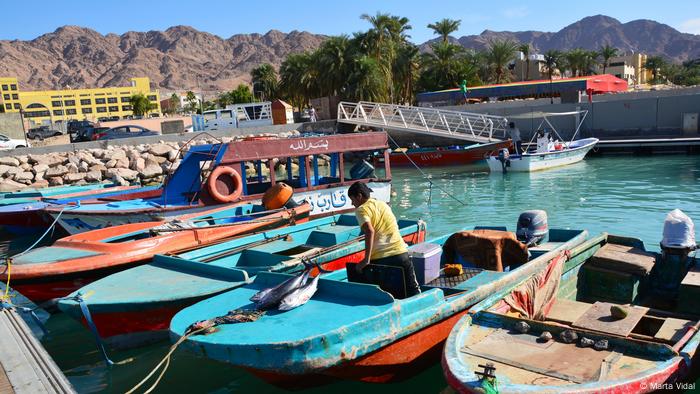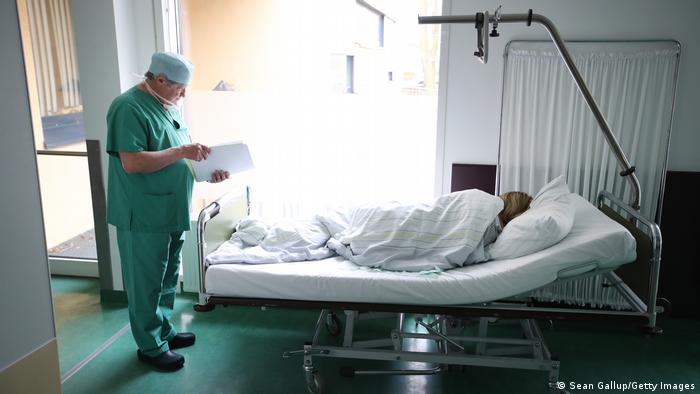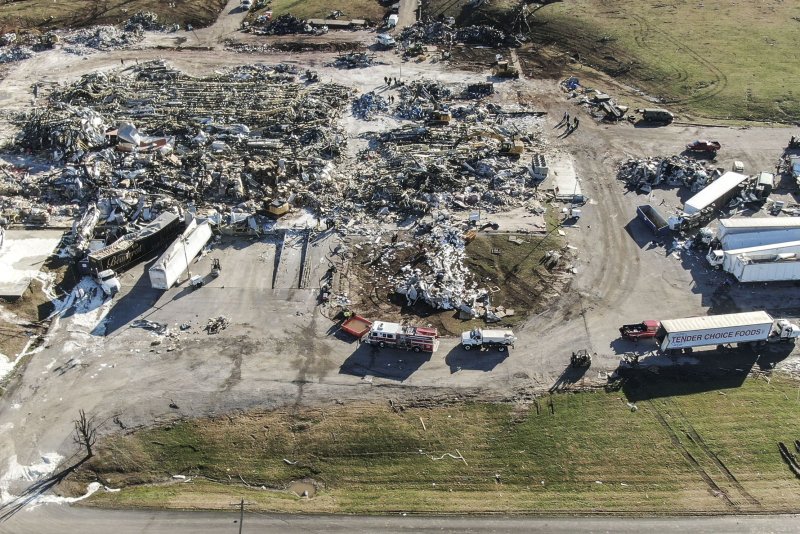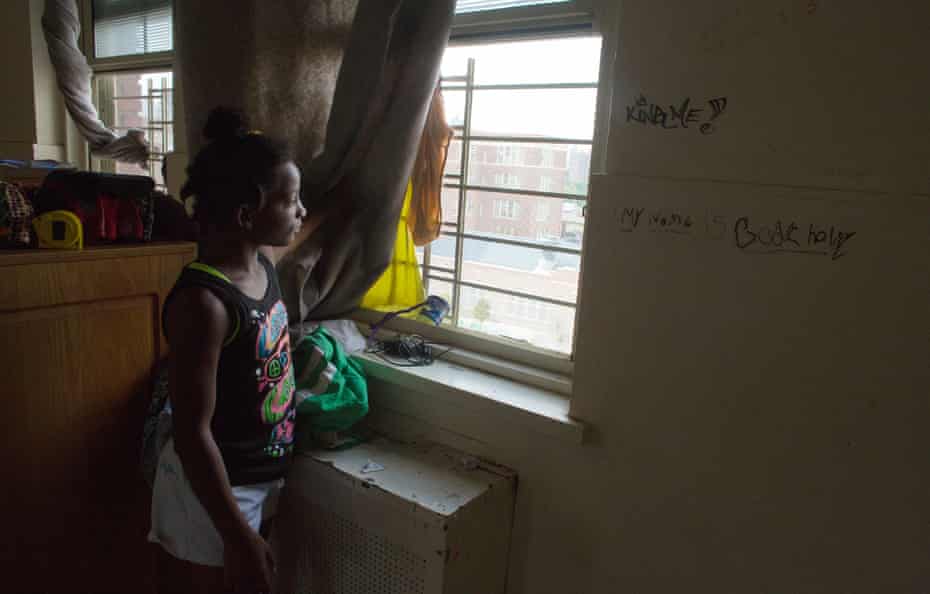
For nine years, New York Times journalist Andrea Elliott followed the fortunes of one family living in poverty. In this extract from her new book, Invisible Child, we meet Dasani Coates in 2012, aged 11 and living in a shelter
Read an interview with Andrea Elliott here
Andrea Elliott
Sun 16 Jan 2022
She wakes to the sound of breathing. The smaller children lie tangled under coats and wool blankets, their chests rising and falling in the dark. They have yet to stir. Their sister is always first. She looks around the room, seeing only silhouettes – the faint trace of a chin or brow, lit from the street below. Mice scurry across the floor. Roaches crawl to the ceiling. A little sink drips and drips, sprouting mould from a rusted pipe.
A few feet away is the yellow mop bucket they use as a toilet, and the mattress where the mother and father sleep, clutched. Radiating out from them in all directions are the eight children they share: two boys and five girls whose beds zigzag around the baby, her crib warmed by a hairdryer perched on a milk crate.
They have learned to sleep through anything. They snore with the pull of asthma near a gash in the wall spewing sawdust. They cough or sometimes mutter in the throes of a dream. Only their sister Dasani is awake.
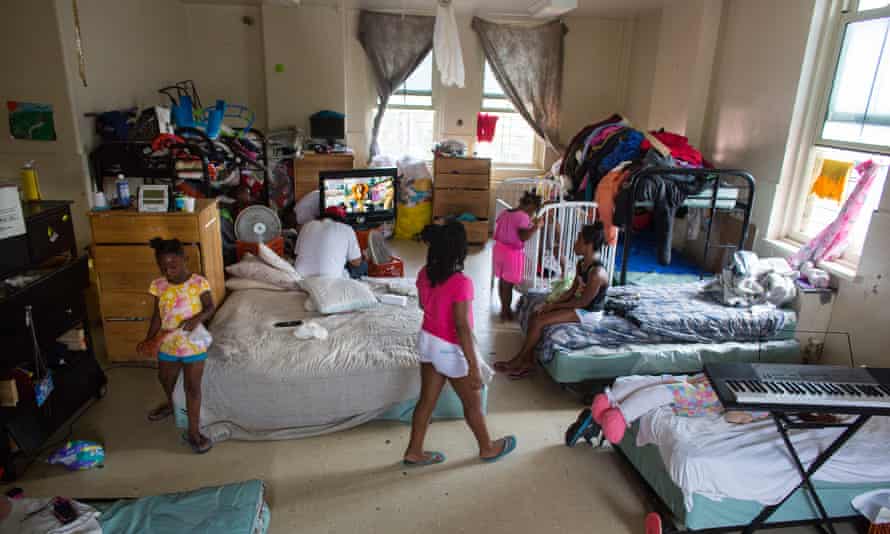
She is tiny for an 11-year-old and quick to startle. She has a delicate oval face and luminous eyes that watch everything, owl-like. Her expression veers from mischief to wonder. People often remark on her beauty – the high cheekbones and chestnut skin – but their comments never seem to register. What she knows is that she has been blessed with perfect teeth. When braces are the stuff of fantasy, straight teeth are a lottery win.
Slipping out from her covers, Dasani goes to the window. On mornings like this, she can see all the way past Brooklyn, over the rooftops and the projects and the shimmering East River. Her eyes can travel into Manhattan, to the top of the Empire State Building, the first New York skyscraper to reach a hundred floors. This is the type of fact that she recites in a singsong, look-what-I-know way. She fixes her gaze on that distant temple, its tip pointed celestially, its facade lit with promise.
Six slumbering children breathing the same stale air. If danger comes, Dasani will kick them awake, tell them to shut up
“It makes me feel like there’s something going on out there,” she says. “I have a lot of possibility. I do, though. I have a lot of things to say.”
One of the first things Dasani will say is that she was running before she walked. She loves being first – the first to be born, the first to go to school, the first to win a fight, the first to make the honour roll. She is a child of New York City.
Even Dasani’s name speaks of a certain reach. The bottled water had come to Brooklyn’s bodegas just before she was born, catching the fancy of her mother, who could not afford such indulgences. Who paid for water in a bottle? Just the sound of it – Dasani – conjured another life. It signalled the presence of a new people, at the turn of a new century, whose discovery of Brooklyn had just begun.
By the time Dasani came into the world, on 26 May 2001, the old Brooklyn was vanishing. Entire neighbourhoods would be remade, their families displaced, their businesses shuttered, their histories erased by a gentrification so vast and meteoric that no brand of bottled water could have signalled it. And as prosperity rose for one group of people, poverty deepened for another, leaving Dasani to grow up – true to her name – in a novel kind of place.
Her skyline is filled with luxury towers, the beacons of a new gilded age. The city’s wealth has flowed to its outer edges, bringing pour-over coffee and artisanal doughnuts to places once considered gritty. Among them is Dasani’s birthplace, Fort Greene, Brooklyn, where renovated townhouses come with landscaped gardens and heated marble floors. Just steps away are two housing projects and, tucked among them, a city-run homeless shelter where the heat is off and the food is spoiled.
It is on the fourth floor of that shelter, at a window facing north, that Dasani now sits looking out. Nearly a quarter of her childhood has unfolded at the Auburn Family Residence, where Dasani’s family – a total of 10 people – live in one room. Beyond the shelter’s walls, in the fall of 2012, Dasani belongs to an invisible tribe of more than 22,000 homeless children – the highest number ever recorded, in the most unequal metropolis in America. Almost half of New York’s 8.3 million residents are living near or below the poverty line.
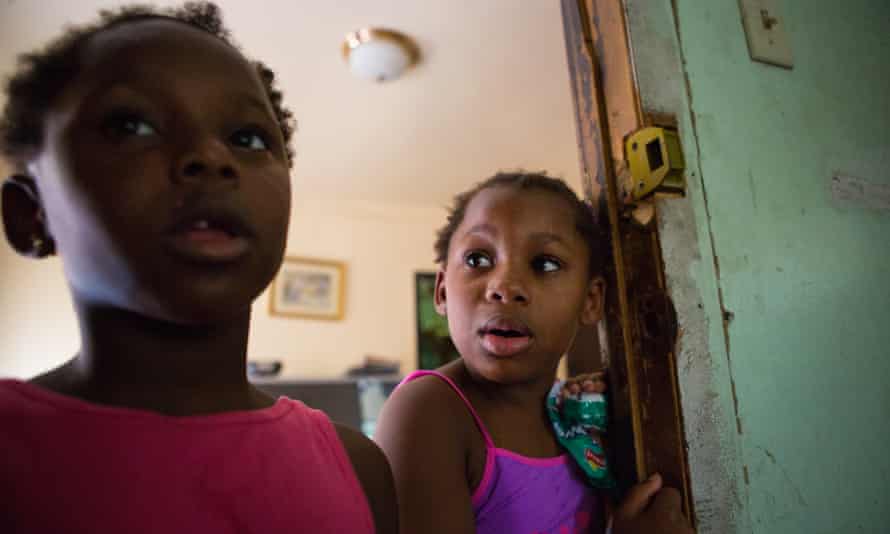
Advertisement
Dasani can get lost looking out her window, until the sounds of Auburn interrupt. Different noises mean different things. She sorts them like laundry. The light noises bring no harm – the colicky cries of an infant down the hall, the hungry barks of the Puerto Rican lady’s chihuahuas, the addicts who wander the projects, hitting some crazy high. They can screech like alley cats, but no one is listening.
The sound that matters has a different pitch. It comes loud and fast, with a staccato rhythm. The popping of gunshots. The pounding of fists. The rap of a security guard’s knuckles on the door. Whenever this happens, Dasani starts to count.
She counts her siblings in pairs, just like her mother said. The thumb-suckers first: six-year-old Hada and seven-year-old Maya, who share a small mattress. The 10-year-olds next: Avianna, who snores the loudest, and Nana, who is going blind. The brothers last: five-year-old Papa and 11-year-old Khaliq, who have converted their metal bunk into a boys-only fort.
They are all here, six slumbering children breathing the same stale air. If danger comes, Dasani knows what to do. She will kick them awake. She will tell them to shut up. They will drop to the floor in silence.
Except for Baby Lee-Lee, who wails like a siren. Dasani keeps forgetting to count the newest child. She had been born in March, shattering the air with her cries. Until then, Dasani considered herself a baby expert. She could change diapers, pat for burps, check for fevers. She could even tell the difference between a cry for hunger and a cry for sleep. Lee-Lee’s cry was something else. Only a mother could answer it, and for a while their mother was gone.

Nearly a year ago, the city’s child protection agency had separated 34-year-old Chanel Sykes from her children after she got addicted to opioids. Her husband also had a drug history. But under court supervision, he had remained with the children, staying clean while his wife entered a drug treatment programme.
Now Chanel is back, her custodial rights restored. Still, the baby howls. This is usually the sound that breaks Dasani’s trance, causing her to leave the window and fetch Lee-Lee’s bottle.
Dasani feels her way across the room that she calls “the house” – a 520 sq ft space containing her family and all their possessions. Toothbrushes, love letters, a dictionary, bicycles, an Xbox, birth certificates, Skippy peanut butter, underwear. Hidden in a box is Dasani’s pet turtle, kept alive with bits of baloney and the occasional Dorito. Taped to the wall is the children’s proudest art: a bright sun etched in marker, a field of flowers, a winding path. Every inch of the room is claimed.
“We each got our own spot,” Dasani says.
Each spot is routinely swept and sprayed with bleach and laid with mousetraps. The mice used to terrorise Dasani, leaving pellets and bite marks. Nowadays, Room 449 is a battleground. On one side are the children, on the other the rodents – their carcasses numbering up to a dozen per week. To kill a mouse is to score a triumph.
“We burn them!” Dasani says with none of the tenderness reserved for her turtle. “We take the sticks and smash they eyes out! We break their necks. We suffocate them with the salt!”
No one can outpace Dasani. She is forever in motion, doing backflips at the bus stop, dancing at the welfare office
In the dim chaos of Room 449, she struggles to find Lee-Lee’s formula, which is donated by the shelter but often expired. Dasani squints to check the date. Now the bottle must be heated. The only way to do this is to leave the room, which brings its own dangers. Over the next year, 911 dispatchers will take some 350 calls from Auburn, logging 24 reports of assault, four reports of child abuse, and one report of rape.
Dasani opens a heavy metal door, stepping into the dark corridor. She is sure the place is haunted. Auburn used to be a hospital, back when nurses tended to the dying in open wards. Dasani’s room was “where they put the crazies”, she says, citing as proof the broken intercom on the wall. Right outside is a communal bathroom with a large industrial tub. A changing table for babies hangs off its hinge. Mothers shower quickly, posting their children as lookouts for the building’s predators.
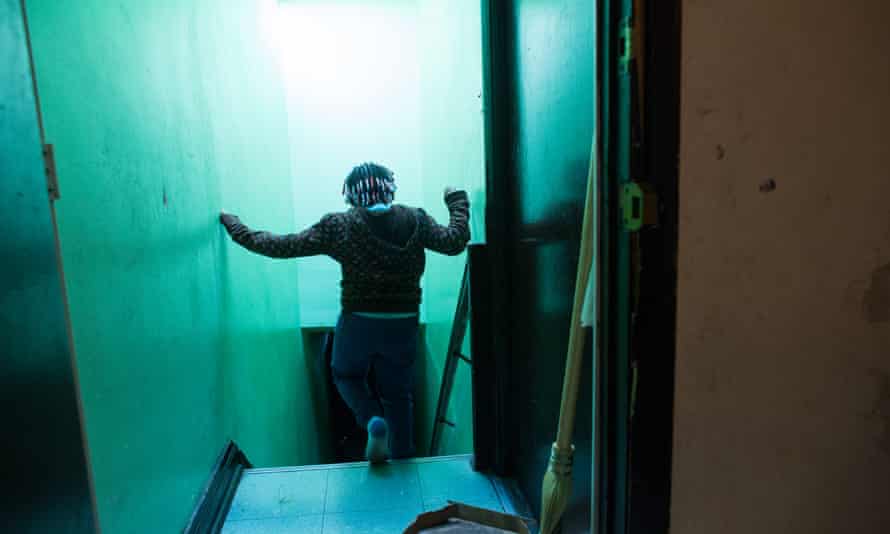
Dasani slips down three flights of stairs, passing a fire escape where drugs and weapons are smuggled in. She trots into the cafeteria, where more than a hundred families will soon stand in line to heat their prepackaged breakfast. With only two microwaves, this can take an hour. Tempers explode. Knife fights break out.
Luckily, in this predawn hour, the cafeteria is still empty. Dasani places the bottle in the microwave and presses a button. Baby Lee-Lee has yet to learn about hunger, or any of its attendant problems. If she cries, others answer. Her body is still small enough to warm with a hairdryer. She is the least of Dasani’s worries.
“I have a lot on my plate,” she likes to say, cataloging her troubles like the contents of a proper meal. “I got a fork and a spoon. I got rice, chicken, macaroni.” The fork and spoon are her parents and the macaroni her siblings - except for Baby Lee-Lee, who is a plump chicken breast.
“So that’s a lot on my plate – with some cornbread. That’s a lot on my plate.”
Dasani races back upstairs, handing her mother the bottle. Then she sets about her chores, dumping the mop bucket, tidying her dresser, and wiping down the small fridge. Her siblings will soon be scrambling to get dressed and make their beds before running to the cafeteria to beat the line.
Then they will head outside, into the bright light of morning.
Dasani ticks through their faces, the girls from the projects who know where she lives. Here in the neighbourhood, the homeless are the lowest caste, the outliers, the “shelter boogies”. Some girls may be kind enough to keep Dasani’s secret. Others will be distracted by the noise of this first day – the start of the sixth grade, the crisp uniforms, the fresh nails. She hopes to slip by them all unseen.
Sleek braids fall to one side of Dasani’s face, clipped by yellow bows. Her polo shirt and khakis have been pressed with a hair straightener, because irons are forbidden at the Auburn shelter. This is the type of fact that nobody can know. She irons her clothes with a hair straightener.
As Dasani walks to her new school on 6 September 2012, her heart is pounding. She will be sure to take a circuitous route home, traipsing two extra blocks to keep her address hidden. She will focus in class and mind her manners in the schoolyard. All she has to do is climb the school steps.
“Come on,” says her mother, Chanel, who stands next to Dasani. “There’s nothing to be scared about.”
New York’s homeless children are seen only in glimpses, pulling an overstuffed suitcase in the shadow of a tired parent
On a good day, Dasani walks like she is tall, her chin held high. More often she is running – to the monkey bars, to the library, to the A train that her grandmother cleaned for a living. No one on the block can outpace Dasani. She is forever in motion, doing backflips at the bus stop, dancing at the welfare office.
She makes do with what she has and covers what she lacks. To be poor in a rich city brings all kinds of ironies, perhaps none greater than this: the donated clothing is top shelf. Used purple Uggs and Patagonia fleeces cover thinning socks and fraying jeans. A Phil & Teds rain shell, fished from the garbage, protects the baby’s creaky stroller.
Dasani tells herself that brand names don’t matter. She knows such yearnings will go unanswered. But every once in a while, when by some miracle she scores a pair of Michael Jordans, she finds herself succumbing to the same exercise: she wears them sparingly, and only indoors, hoping to keep them spotless. It never works.
Best to try to blend in while not caring when you don’t. She likes being small because “I can slip through things.” She imagines herself with supergirl powers.
She would blink and turn invisible.
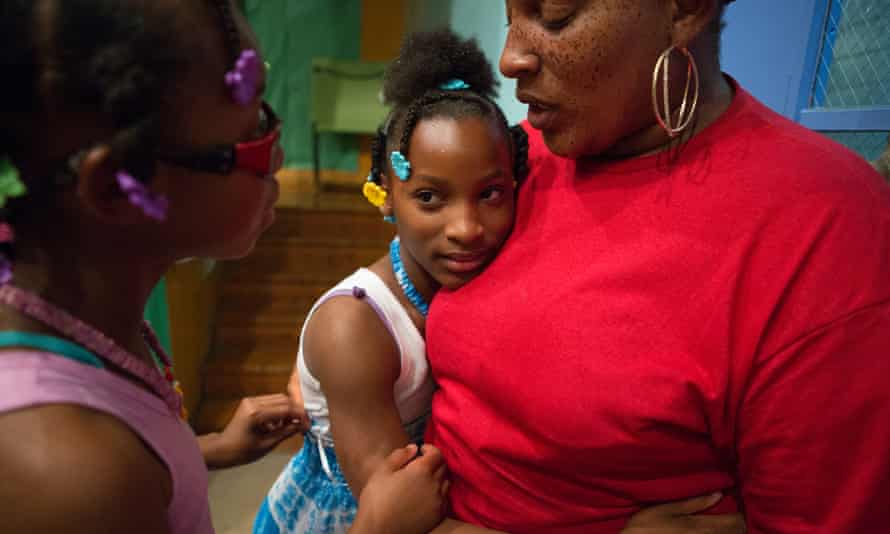
Advertisement
Sometimes she doesn’t have to blink. In the blur of the city’s streets, Dasani is just another face. Strangers do not see the opioid addiction that chases her mother, or the prisons that swallowed her uncles, or the cousins who have died from gang shootings and Aids.
“That’s not gonna be me,” she says. “Nuh-uh. Nope.”
Nor do strangers see where Dasani lives.
Children are not the face of New York’s homeless. They rarely figure among the panhandlers, bag ladies, war vets and untreated schizophrenics who have long been stock characters in this city of contrasts. They spend their days in school, their nights in the shelter. If they are seen at all, it is only in glimpses – pulling an overstuffed suitcase in the shadow of a tired parent, passing for a tourist rather than a local without a home.
Dasani landed at 39 Auburn Place more than two years ago. There was no sign announcing the shelter, which rises over the neighbouring projects like an accidental fortress. Its stately neo-Georgian exterior dates back nearly a century, to when the building opened as a public hospital serving the poor.
Two sweeping sycamores shade the entrance, where smokers linger under brick arches. A concrete walkway leads to the lobby, which Dasani likens to a jail. She is among 432 homeless children and parents living at Auburn. Day after day, they step through a metal detector as security guards search their bags, taking anything that could be used as a weapon – a bottle of bleach, a can of Campbell’s soup.
This harsh routine gives Auburn the feel of a rootless, transient place. But to Dasani, the shelter is far more than a random assignment. It is a private landmark – the very place where her beloved grandmother Joanie Sykes was born, back when this was Cumberland Hospital.
Every morning, Dasani leaves her grandmother’s birthplace to wander the same streets where Joanie grew up, playing double Dutch in the same parks, seeking shade in the same library. And now, on this bright September morning, Dasani will take her grandmother’s path once again, to the promising middle school two blocks away.
To know Dasani Joanie-Lashawn Coates – to follow this child’s life, from her first breaths in a Brooklyn hospital to the bloom of adulthood – is to reckon with the story of New York City and, beyond its borders, with America itself. It is a story that begins at the dawn of the 21st century, in a global financial capital riven by inequality.
It is also a story that reaches back in time to one Black family making its way through history, from slavery to the Jim Crow South and then the Great Migration’s passage north.

There is no separating Dasani’s childhood from that of her matriarchs: her grandmother Joanie and her mother, Chanel. Their fleeting triumphs and deepest sorrows are, in Dasani’s words, “my heart”. The ground beneath her feet once belonged to them. Her city is paved over theirs. It was in Brooklyn that Chanel was also named after a fancy-sounding bottle, spotted in a magazine in 1978. Back then, from the ghetto’s isolated corners, a perfume ad seemed like the portal to a better place. Today, Dasani lives surrounded by wealth, whether she is peering into the boho chic shops near her shelter or surfing the internet on Auburn’s shared computer. She sees out to a world that rarely sees her.
To see Dasani is to see all the places of her life, from the corridors of school to the emergency rooms of hospitals to the crowded vestibules of family court and welfare. Some places are more felt than seen – the place of homelessness, the place of sisterhood, the place of a mother-child bond that nothing can break. They dwell within Dasani wherever she goes.
To follow Dasani, as she comes of age, is also to follow her seven siblings. Whether they are riding the bus, switching trains, climbing steps or jumping puddles, they always move as one. Only together have they learned to navigate poverty’s systems – ones with names suggesting help. Child protection. Public assistance. Criminal justice. Homeless services.
To watch these systems play out in Dasani’s life is to glimpse not only their flaws, but the threat they pose to Dasani’s system of survival. Her siblings are her greatest solace; their separation her greatest fear. This is freighted by other forces beyond her control – hunger, violence, unstable parenting, homelessness, drug addiction, pollution, segregated schools. Any one of these afflictions could derail a promising child.
As Dasani grows up, she must contend with them all.
This is an extract from Invisible Child: Poverty, Survival and Hope in New York City by Andrea Elliott (Hutchinson Heinemann, £16.99).






